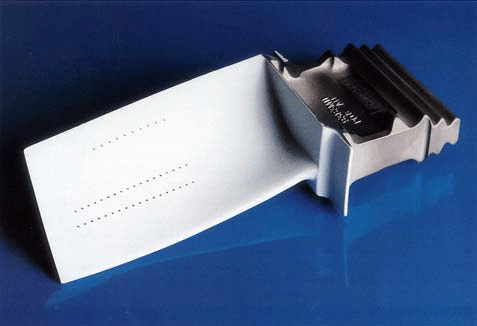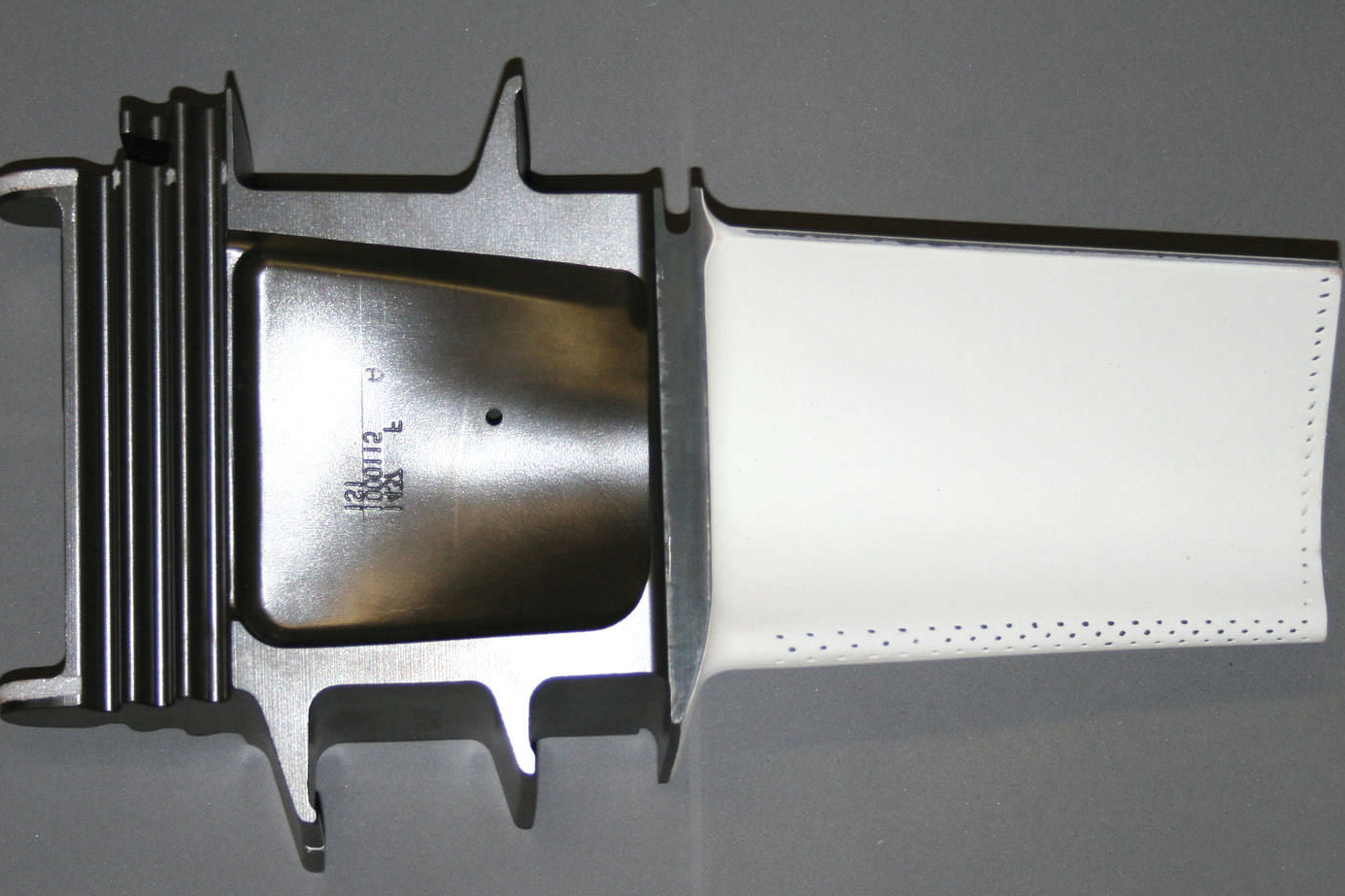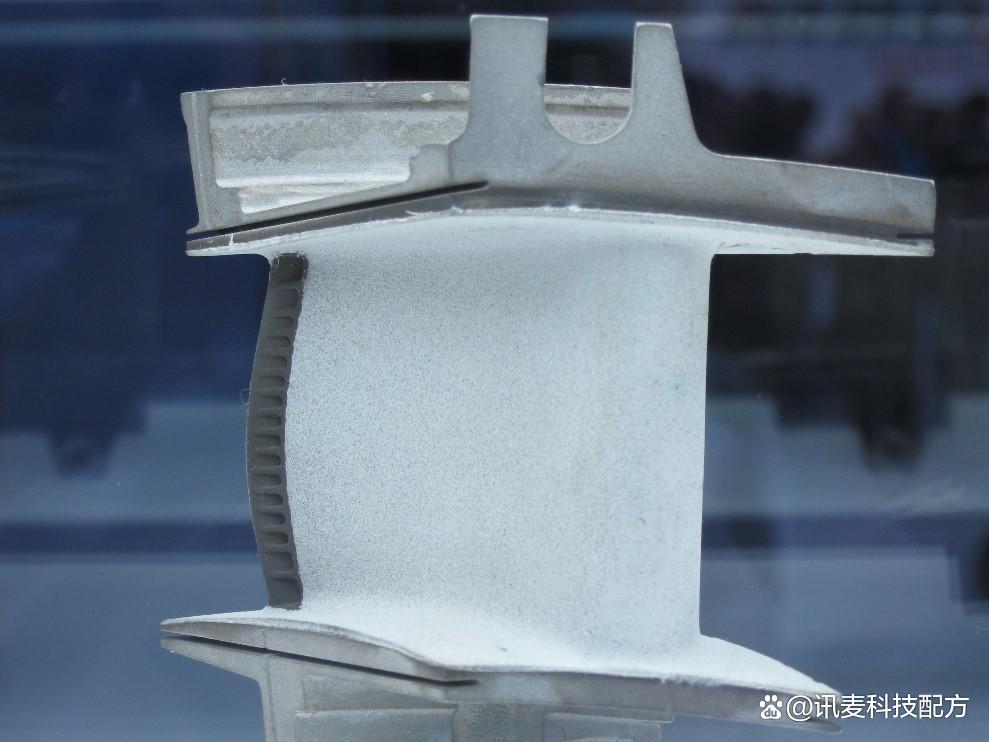How do TBCs reduce thermal stress in high-temperature environments?
How Do TBCs Reduce Thermal Stress in High-Temperature Environments?
Thermal Gradient Insulation
Thermal Barrier Coatings (TBCs) reduce thermal stress by creating a temperature differential between the external surface and the metal substrate. Typically composed of low thermal conductivity ceramics like yttria-stabilized zirconia (YSZ), TBCs can reduce surface temperatures by 150–300°C. This insulation prevents rapid heat transfer into the core of parts manufactured by Superalloy 3D Printing, Titanium 3D Printing, or Ceramic 3D Printing. By minimizing thermal gradients, TBCs reduce the differential expansion between hot and cooler regions of a part, which is a major source of internal stress.
Stress Reduction from Thermal Cycling
In applications such as gas turbines, jet engines, or automotive turbochargers, components experience frequent heating and cooling. These cycles cause expansion and contraction that lead to thermal fatigue, microcracks, and material delamination. TBCs buffer these thermal shocks by absorbing and redistributing heat more evenly. This dampens thermal fluctuations and mitigates the generation of cyclic tensile and compressive stresses, especially in thin-walled or high-aspect-ratio structures common in Powder Bed Fusion parts.
Preservation of Microstructure and Dimensional Stability
Elevated temperatures can cause grain growth, creep, or phase changes in high-performance alloys like Inconel 718 or Ti-6Al-4V. By reducing substrate temperature, TBCs preserve the microstructural integrity of these alloys, helping maintain mechanical strength, dimensional accuracy, and fatigue resistance over time.
Recommended Services to Mitigate Thermal Stress
Neway offers comprehensive services for stress reduction in thermally extreme conditions:
Material-Specific 3D Printing:
Superalloy 3D Printing: For parts exposed to high thermal gradients and cyclic stress.
Titanium 3D Printing: Ideal for fatigue-sensitive aerospace components.
Ceramic 3D Printing: For components requiring inherent thermal shock resistance.
Thermal and Structural Optimization:
Thermal Barrier Coatings (TBC): For heat insulation and thermal stress buffering.
Heat Treatment: Refines grain structure to further reduce thermal strain.
Hot Isostatic Pressing (HIP): Consolidates internal microstructure before exposure to thermal loads.



